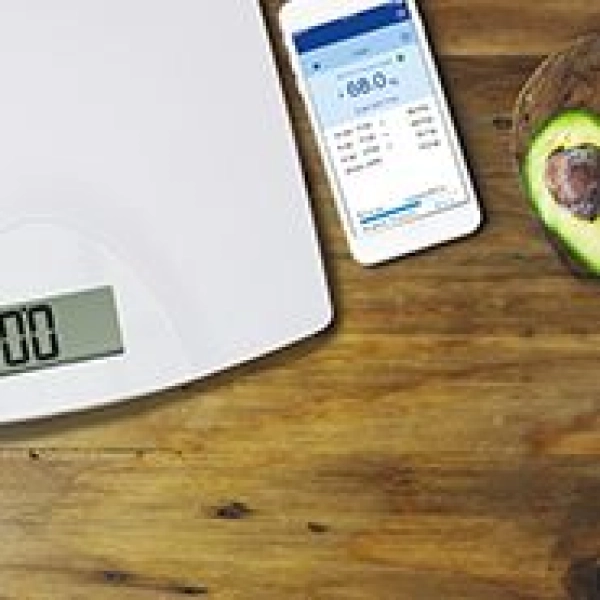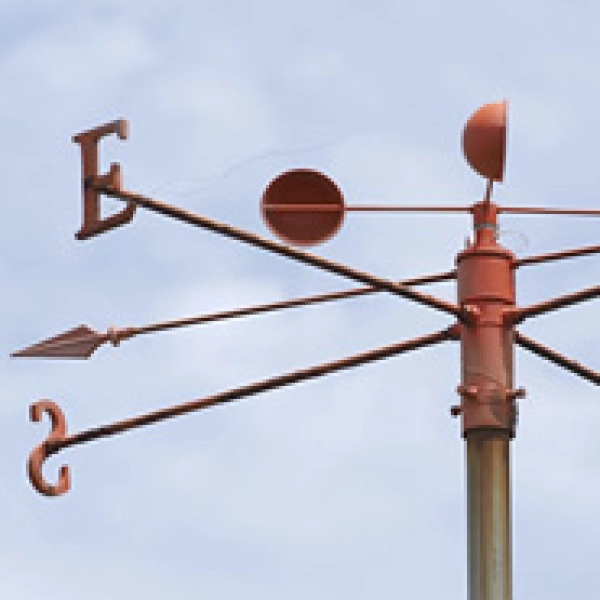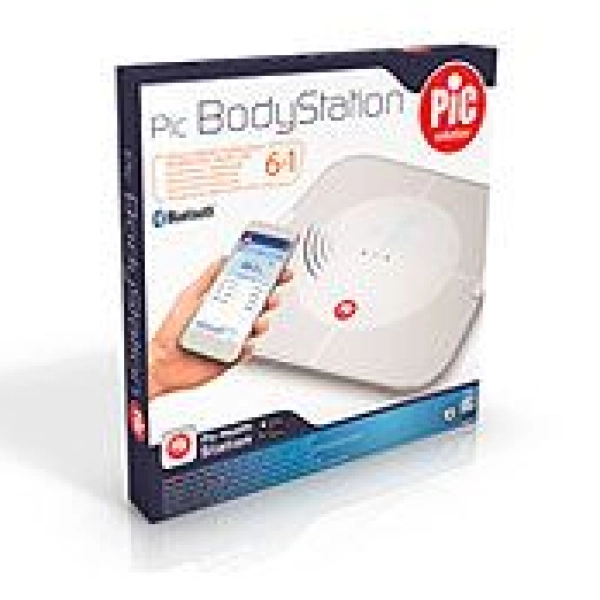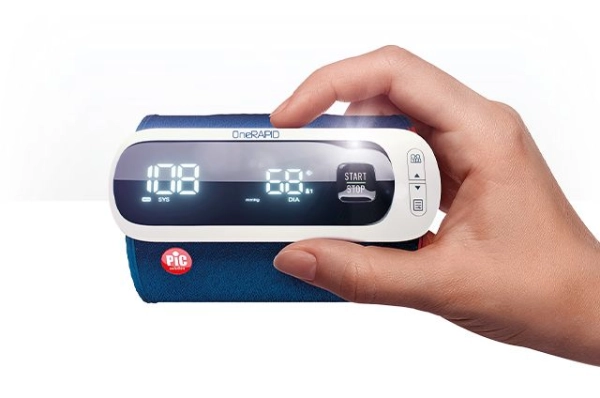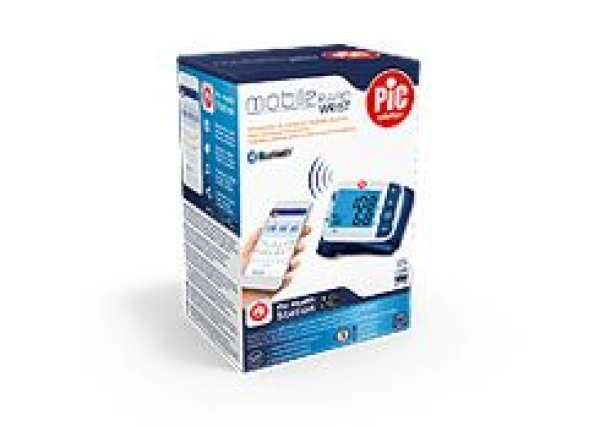

As telemedicine progressively develops, data privacy will become an increasingly important issue. According to a 2016 study by the University of Berkeley, the absence of secure communication makes sensitive data stored online vulnerable, and can lead doctors to make mistakes - to the detriment of our health. Blockchains respond precisely to this need: they offer a technology that ensures the integrity of digital data, including those relating to our health, by fitting information together like the pieces of a puzzle. Let's see how it works, in short.
A blockchain is like a digital ledger where all the communications occurring within a network of people are recorded and stored. In the world of electronic health, imagine a blockchain storing all the online interactions between you and your doctor: emails, data packages detected by your wireless devices, WhatsApp conversations. All of these different types of information are like puzzle pieces and, instead of being stored on a single computer, they are recorded on all the computers within the blockchain network: yours, as well as your doctor's. There is no single computer that is granted access to the network, because all data - the data regarding your health, in this case - are available to the entire network. It is a highly "democratic" technology in which it's impossible to have the monopoly over one person's health information. And there's more: blockchains are irreversible, because once information is acquired it can never be deleted.
As the health market welcomes more and more wireless devices that allow for data to be sent out electronically, how will information be shared with medical personnel? We need a "rock-solid" technology that can offer quick access to data yet also guarantee total privacy. Using a blockchain in the health sector, today, is a reliable method that allows for patients and doctors to authenticate themselves in a virtual environment. But how does it work? In blockchains, every record is added to a block, for example one regarding our weekly blood pressure information. We can imagine every block being like a puzzle piece, to which a unique code is assigned like a numeric fingerprint, which is then added to the code for the following block. In this way, all the groups of information are connected and partially embedded in the blockchain puzzle, and it's impossible to access the network without the initial code for the first block. Furthermore, a form of social control over the network contributes to keeping your health data safe: in order to add a new record in a blockchain ledger, you need all participants' consent.
Blockchain technology was first implemented for bitcoin, an electronic cryptocurrency mainly used for illegal purchases on the dark web. But today, blockchains are widely used by financial operators and banks, as well as hospitals and healthcare networks. Blockchains are also being tested to verify refugees' identity, design Smart Cities and create new Internet-of-Things applications, where they provide a valuable technological solution to certify whether the information our smartphones and tablets receive from objects and sensors are reliable or not.

